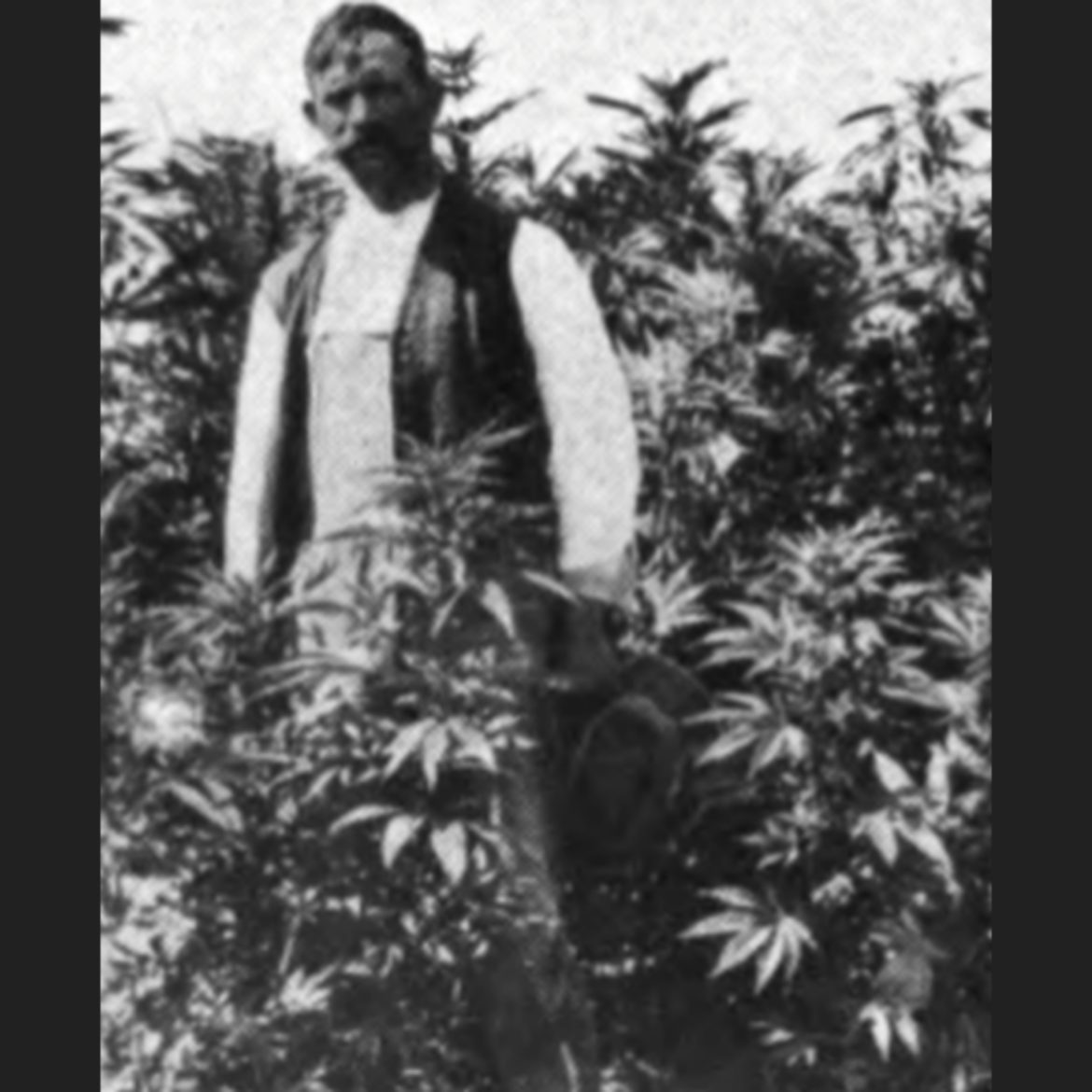You may have noticed the homepage archives have been restructured. This in light of the significant new herbarium study by McPartland and Small published April 3rd 2020. The changes are as follows:
- ‘Northern Afghanistan’ category deleted due to examination of Vavilov’s herbarium specimens of Afghan landraces revealing most (not all!) had Indica-type leaflets
- New Central & Western Steppe category created for Kazakh, Siberian, Crimean, and Urals accessions. (Yes, the Urals aren’t in the steppe.)
- ‘Ruderal’ category renamed ‘Wild-type‘
- New blurbs for Indica-type, Hindu Kush, Central & Western Steppe, and Wild-type archives
The photo shows the first ssp. indica var. afghanica landraces cultivated in the USA. In 1912, seeds of Turkestani hashish landraces were collected from Xinjiang by Frank Meyer, a germplasm collector for the U.S. Department of Agriculture. Cultivated in Nevada, plants matured rapidly (109 days), grew 150 to 180 cm tall, branched heavily, and had large resinous tops that “gave off a skunky odour.”






